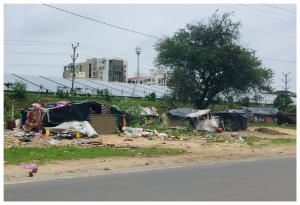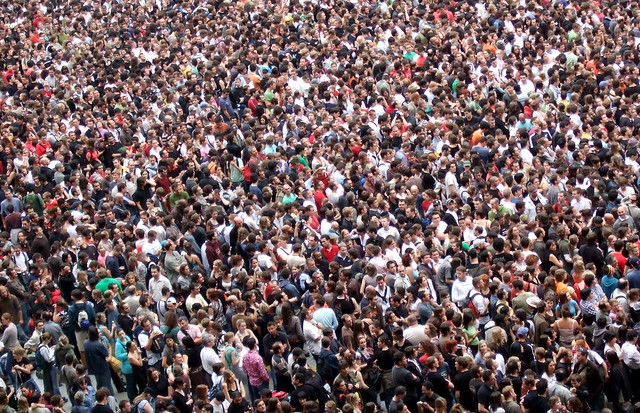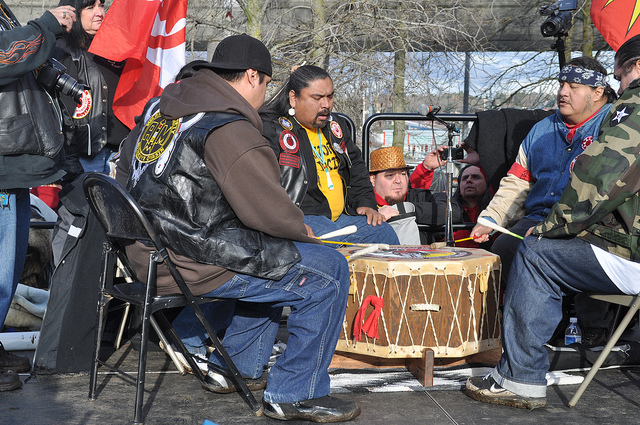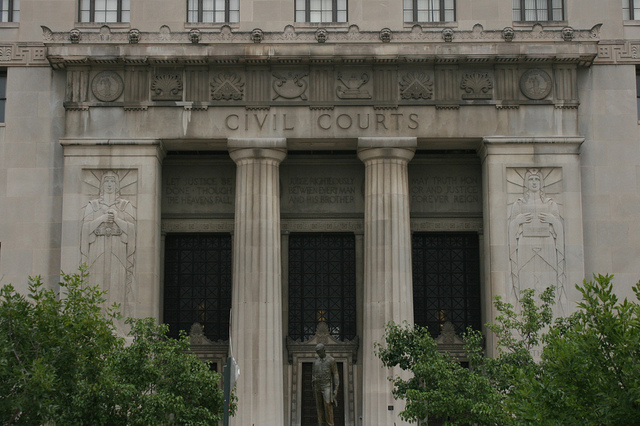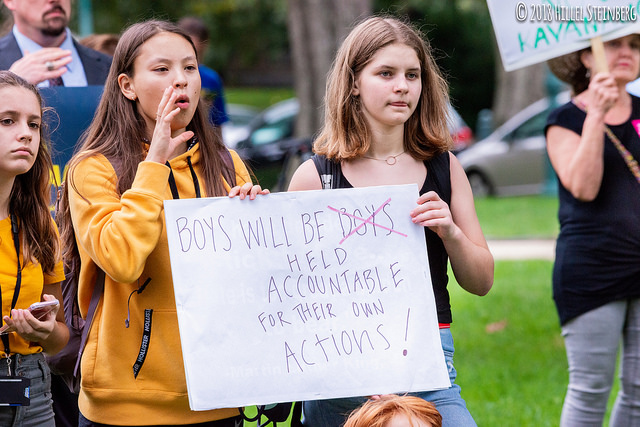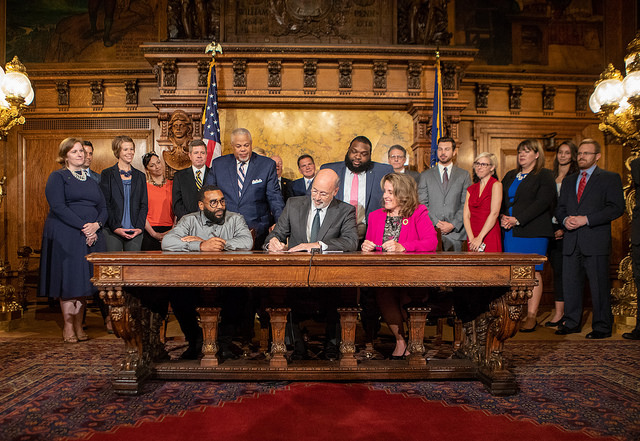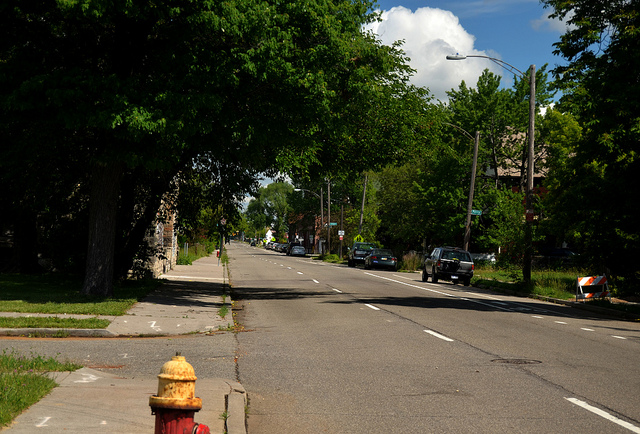- Janet Vertesi (Associate Professor of Sociology at Princeton University) wrote an article for The Conversation discussing how NASA’s robotics can provide an example of an ethical future for AI. Vertesi notes three aspects of “strong human-robot teams”: technology that augments or extends human capabilities instead of replacing human work, respectful data harvesting and use, and a sense of care for the technology.
- Matthew Desmond (Professor of Sociology at Princeton University) appeared on the ACLU’s At Liberty podcast. In conversation with Sandra Park (Senior Staff Attorney of the ACLU Women’s Rights Project), Desmond discussed the complexities of American poverty. “There’s a lot of propaganda out there about poverty, and […] it organizes us. It shapes our conversation, right, or kills the conversation. […] And so I think that means for me, shifting the aperture away from-from poor families and poor communities to us, to a lot of us who are living our lives, often unwittingly, in a way that contributes to poverty in our midst.”
- Juliet Schor (Professor of Sociology at Boston College and lead researcher on the 4 Day Week Global trial studies) appeared on NPR’s TED Radio Hour to discuss the four-day workweek. Schor described how a four-day workweek can have positive well-being and climate outcomes without lowering worker productivity.
- Neil Gross (Professor of Sociology at Colby College) wrote an article for Time, arguing that three “myths” about police reform are limiting productive conversation and policymaking: 1) the police can’t prevent crime; 2) police reform compromises public safety; and 3) because of policing’s racist origins, there is nothing we can do to improve it. Gross discusses how policing in combination with poverty reduction efforts can reduce crime, the complex connections between police defunding and crime, and his belief that “institutions can evolve beyond their origins.”
- In Philadelphia, a former police officer is facing trial for over 200 sex crimes. While on the force, the officer was the subject of 12 citizen complaints. Nicole Gonzalez Van Cleve (Associate Professor of Sociology at Brown University), commented on the difficulty of creating accountability for police officers: “This officer, while he looks like ‘one bad apple’, a whole lot of players had to participate in emboldening such an egregious criminal activity that went on for years. That shows the flagrant nature. He knew there were no levers of accountability.” This story was covered by WHYY.


